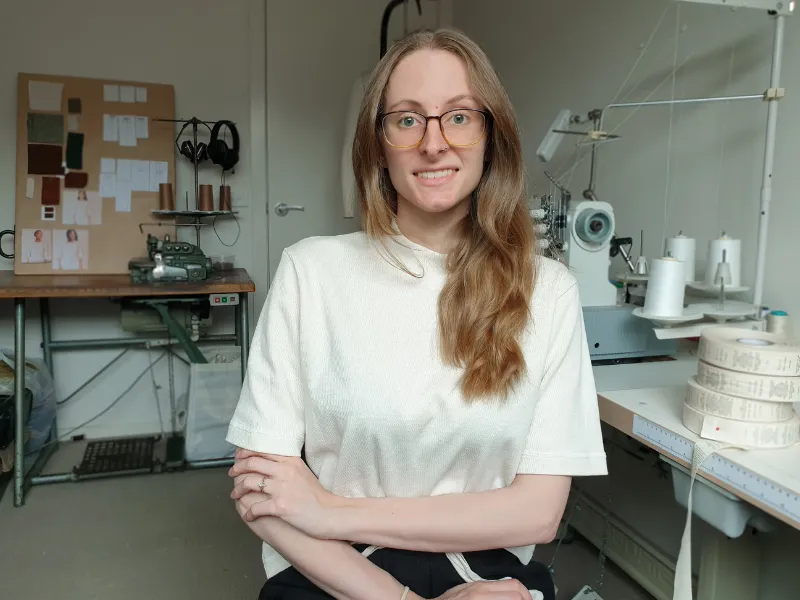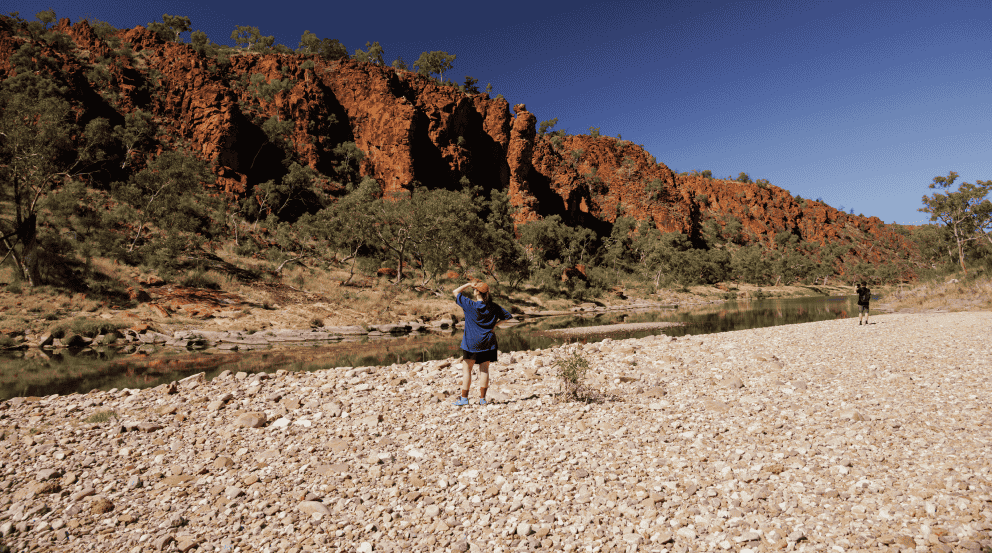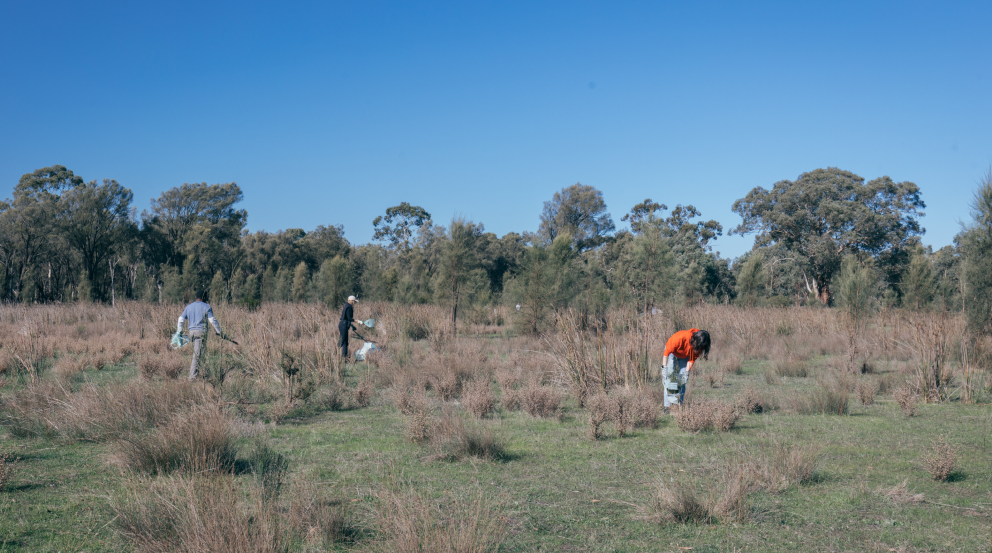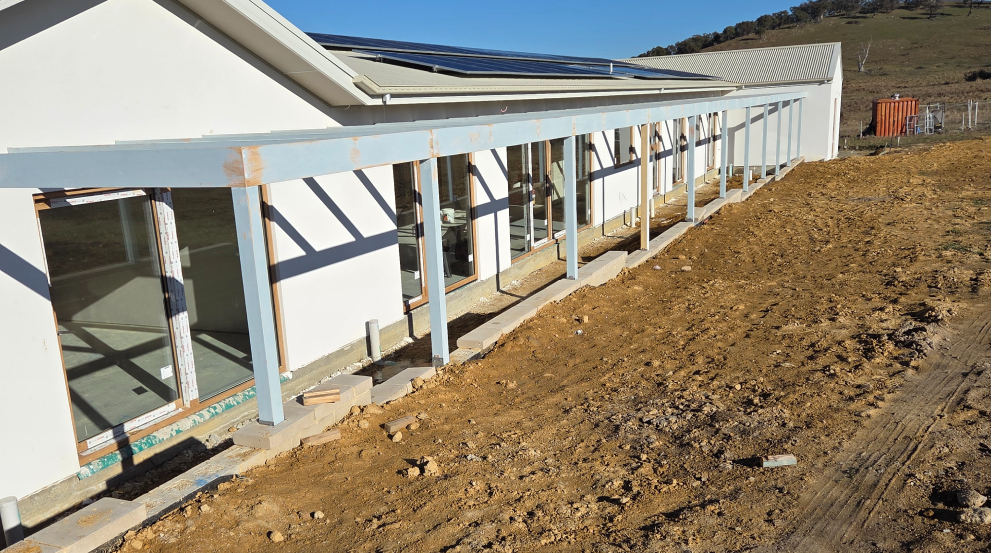What does it really mean to run a ‘sustainable fashion’ company? For Sanct founder and Bank Australia customer Danielle Abery-Miller, it’s all about transparency.
When Danielle Abery-Miller started working in the fashion industry after graduating university, she thought she’d be able to enact some positive change from behind the scenes.

“I was working for a brand where I was in charge of researching more sustainable products and practices to implement into the business,” she explains. “It showed me that there were so many ways that fashion could be produced more sustainably.”
But when she took her findings to the wider team, most of her projects didn’t get across the line. “Projects would only get the go-ahead if they were cost savers, and if there was no compromise on the business,” Danielle says.
So she decided to go out on her own and build a sustainable, ethical and inclusive brand that would have minimal impact on the planet. She left her 9 to 5 job in 2019, did a year of research and development, and officially launched Sanct in October 2020.
Through Sanct, Danielle creates easy-to-wear, classic pieces from her studio in East Melbourne. Each item of clothing is made from GOTS-certified organic cotton and linen (“GOTS is a rigorous certification process, from seed through to production and final fabric”), as well as hemp, Tencel, and deadstock materials – that is, cotton, linen and some wool that’s already been used, or is surplus stock destined for landfill. “We use deadstock where we can so we’re not producing new. There’s already so many fabrics out there,” she explains.

When you visit Sanct’s website, you’ll notice something interesting alongside every piece of clothing: a breakdown of the material, including trimmings, that’s gone into making that item, along with who the supplier is and its country of origin.
“A lot of people are saying ‘this is a sustainable material’, but that doesn’t really mean much if you’re not getting specific,” Danielle says. “The word ‘sustainable’ has become so vague, and people have their own ideas about what it means.” This means Danielle is completely transparent about what she’s using in her clothing, “to give people all the information and then they can decide if that fits their values.”
Danielle decided early – before she even had a name for her brand – that she wanted to outline a strict set of values for Sanct. She would make her garments locally in accessible and inclusive sizing; the current Sanct range is sized from 8 to 22, but the next collection will go up to size 26 with custom sizing available as well. The brand would produce with materials that can be traced, and not use any materials that can’t be verified as ethically produced. No viscose or synthetics are used in Sanct clothing, even in their trims, and they don’t use zips or plastic buttons.

“Even in the worst case scenario where something ends up in landfill – which we really hope doesn’t happen – we know that our products will break down hundreds of years faster than their synthetic counterparts,” Danielle says.
Danielle made the switch to Bank Australia in 2019. “Part of my values is banking with a sustainable bank,” she says. “Everything that we do at Sanct is about sustainability and impact.”

So how do you shop for new clothes in the most sustainable – and least harmful – way? Danielle suggests analysing yourself and your habits, and being more selective about your choices, whether you’re shopping second hand, with sustainable brands, or at big clothing chains. Look at the value of the piece in terms of how long you’ll wear it and how you’ll treat it, rather than buying trend pieces you might only wear for a season.
Meet more of our amazing customers or find out more about Sanct.
.webp)







